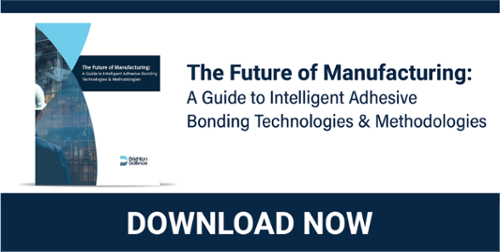Automotive glass is a technological marvel. Despite its clarity, much of how it's manufactured is unseen by the average driver. Silica compounds, tempering, and lamination all combine to create one of the most critical components of today’s motor vehicles. Unfortunately, though, things periodically go wrong with automotive glass, posing problems for drivers and the manufacturer of the vehicle.
Take, for example, the recent recall of over 26,000 2020 and 2021 Sonata and Elantra sedans by Hyundai because of improper windshield bonding as the result of faulty clearcoat paint, which could cause the windshield to detach during a crash. As reported by Car and Driver magazine, a recall report filed by the National Highway Traffic Safety Administration (NHTSA) explains that the use of "non-conforming" flow additive mixed into clearcoat paint from a supplier, Axalta, may have caused "inadequate adhesion of the front windshield to the vehicle structure."
A similar situation occurred with Ford Motor Company, which was forced to recall almost 18,000 Mustang Mach-E electric crossover cars in 2021 when there was a bonding problem with their windshields and panoramic roof glass panels, which could become detached while driving. Once again, the issue involved the adhesive and bonding procedure used to attach the glass, which could cause water leaks and excessive wind noise.
Even more problematic was an extensive recall by Mercedes-Benz – nearly 750,000 vehicles spanning a decade of various models between 2001 and 2011. This problem was the same as the others: faulty glass bonding, this time affecting the sunroofs of the luxury car company’s sedans, wagons, and coupes. Fortunately, in all three of these examples, no injuries or deaths were reported as a result of poor bonding performance.
Optimize the power of next-gen connectivity with data & surface intelligence.
These particular incidents, however, highlight a greater issue inherent with manufacturing complex products such as automobiles – multitudes of parts coming from a variety of suppliers with little or no surface quality monitoring along the supply chain. By the time a component arrives at its final destination for assembly, there is often any number of things that have been exposed to that can compromise surface quality, adversely affecting proper assembly and, ultimately, overall product quality.
The Hyundai and Ford recall cases cited here are especially concerning because the windshield is a safety component. If it is not bonded correctly, it will not pass safety tests and can trigger an expensive recall in terms of both cost and consumer confidence. No car company wants consumers to think their products are unsafe.
The Clear Problem: Compromised Surface Quality Resulting in Poor Adhesion
Windshields are held in place with urethane adhesive that bonds the glass to either a clearcoat-painted substrate or a primer coat on the substrate, providing a superior bond. However, some manufacturers don’t incorporate a primer coat because it is expensive.
To help ensure a reliable bond between the windshield and the frame, auto glass manufacturers utilize something called the “frit”—a black enamel band that is literally baked onto the edges of the windshield glass, accompanied by a border of black dots. The purpose of the frit is to provide an etched surface that enables the adhesive to bond to the glass. When a manufacturer installs a new windshield, the glass is bonded to the vehicle with the frit as the contact point between the glass and the frame. However, problems can arise if the frit is not sufficiently cleaned to remove plasticizer contamination from the autoclave. Likewise, the urethane may not adhere well to the body-side substrate if that surface is also not thoroughly cleaned of contamination created by the environment, handling, and clear/coat primer thickness.
The only way to be aware of this potential problem and prevent it is to measure the surface quality prior to bonding. Only by measuring and analyzing the optimal surface and bonding material conditions will engineers know if they meet manufacturing specifications and comply with safety regulations.
The main takeaway here is that manufacturing any relatively complex product involves a myriad of interactions between people, products, and processes, all of which provide golden opportunities for surfaces to become contaminated or otherwise compromised and, as a result, prevent proper adhesion of coatings and adhesives. When this occurs, in most cases, it is because manufacturers are not in control of the environment affecting surface quality and, therefore, unaware of potential problems. The solution is to understand these variables and measure surface quality throughout manufacturing to ensure optimal coating performance and product quality.
Struggling with adhesion failures? Been there. Solved that.
To learn more about surface quality process control and how to create surfaces that result in successful adhesion, download our free eBook: The Future of Manufacturing: A Guide to Intelligent Adhesive Bonding Technologies & Methodologies.


